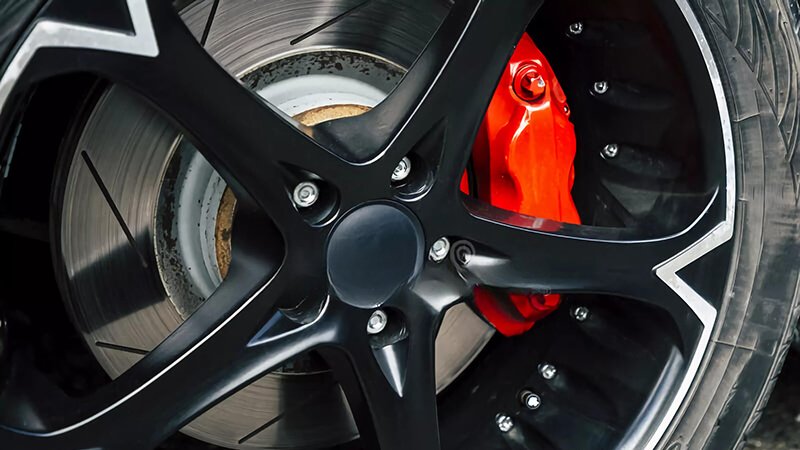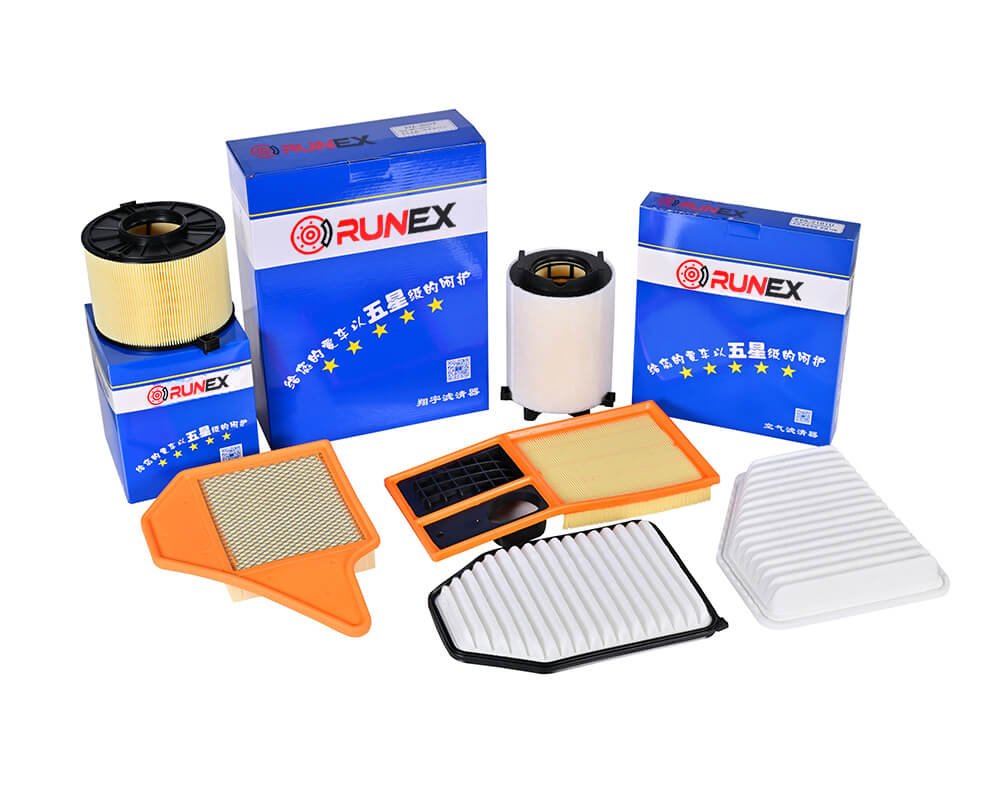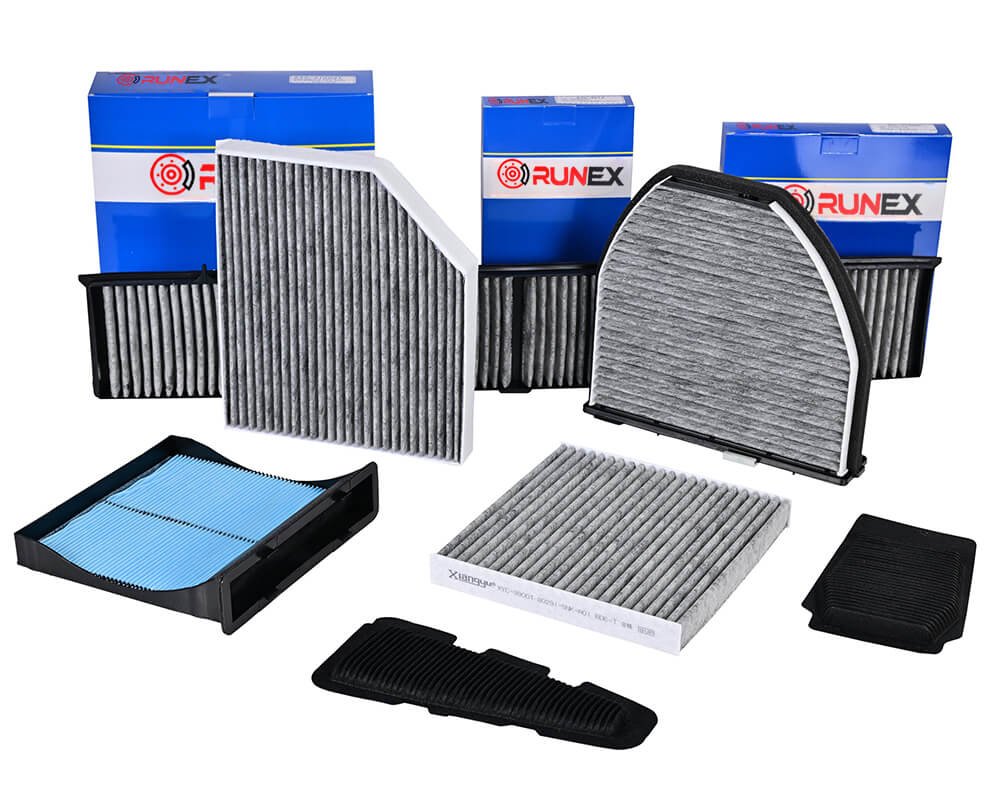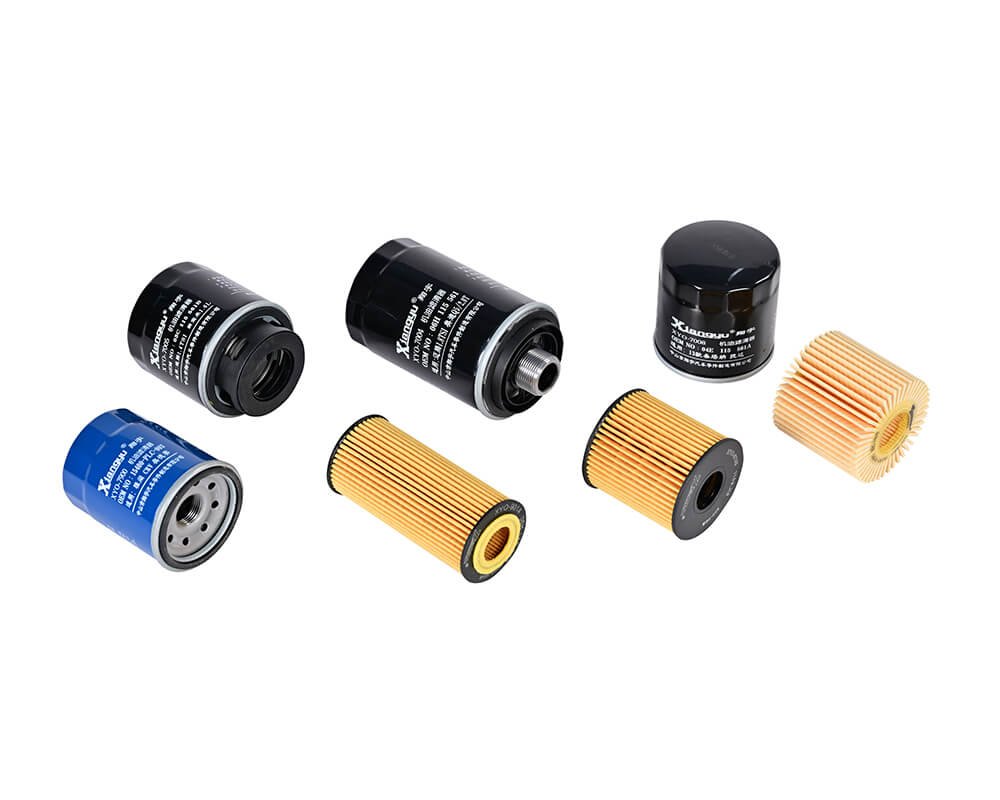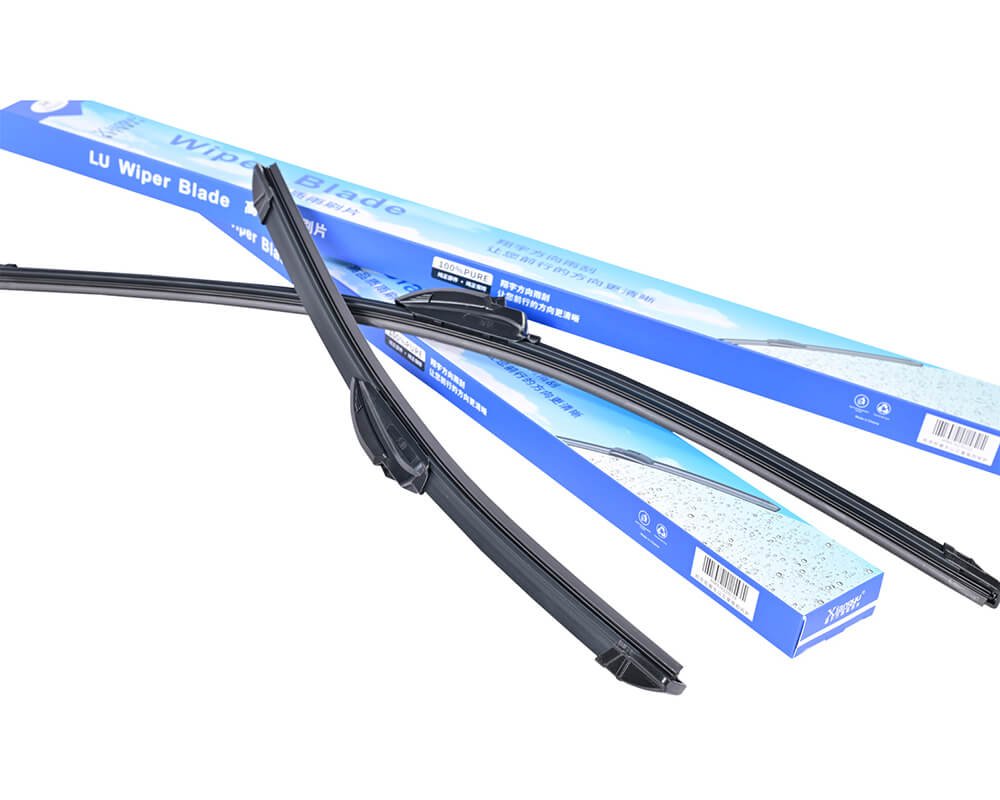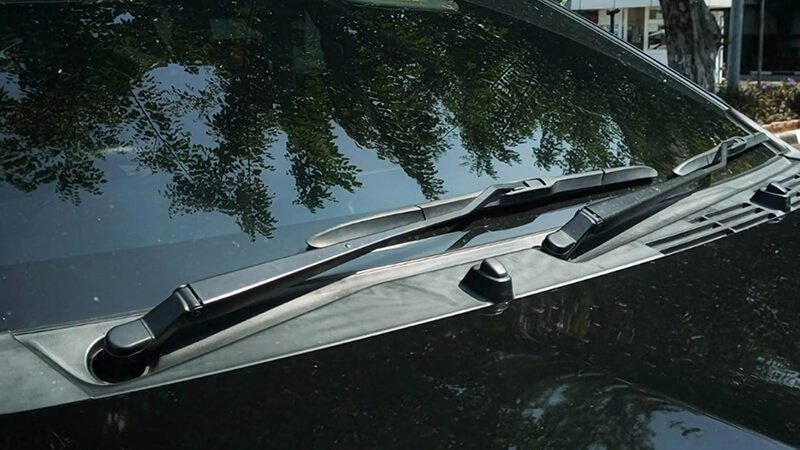Replacing brake pads can be expensive, but there are several strategies to save money while maintaining vehicle safety and performance.
Saving money on brake pad replacements is achievable through DIY approaches, price comparisons, and effective maintenance. Learn how to make cost-effective choices.**
Curious about how to reduce costs even further? Keep reading for in-depth strategies to help you save money on brake pad replacements without cutting corners.

How can I save money on my brake pads?
Saving money on brake pads isn’t just about choosing cheaper products; it's about making informed decisions on where and how to buy, and when to replace them.
-
DIY Brake Pad Replacement: One of the most significant savings comes from replacing the brake pads yourself. Labor costs at repair shops can be 60-100% of the total replacement cost. If you have basic mechanical skills, this can be a straightforward task with the right tools and guidance. Online tutorials1 and step-by-step videos make the process easier than ever.
-
Compare Prices: Brake pads can vary in price depending on brand and the shop you visit. To avoid overpaying, it's essential to shop around. Online platforms3 often offer lower prices due to reduced overhead costs. Compare online retailers, local auto parts stores, and even auto dealerships.
- Tip: Use price comparison websites4 to easily find the best deals.
-
Choose the Right Type of Brake Pads: You don’t always need to go for premium, high-performance brake pads unless you’re driving a high-performance vehicle or in extreme conditions. Standard or economy-grade pads can perform just as well for everyday driving. Choose a reputable mid-range brand that offers good value for money.
- Tip: Consult with an expert or your vehicle’s manual to ensure the right type of pad is chosen for your car model.
-
Buy in Bulk or As a Kit: If you know you’ll need brake pads for multiple vehicles, or you have friends or family who need them, consider purchasing in bulk. Many auto parts stores or online retailers offer discounts when you buy multiple sets of pads or a complete brake kit, which can significantly reduce costs.
-
Regular Maintenance: Preventive care can prolong the life of your brake pads. Regularly check your pads for wear and tear, ensure your brakes are properly aligned, and don’t neglect your vehicle's maintenance schedule. Keeping everything in top condition will help avoid unnecessary replacements and repairs.
- Tip: Follow the manufacturer's guidelines for brake inspections and make sure your brake fluid is at the correct level. Ignoring these can cause undue wear on your brake pads.
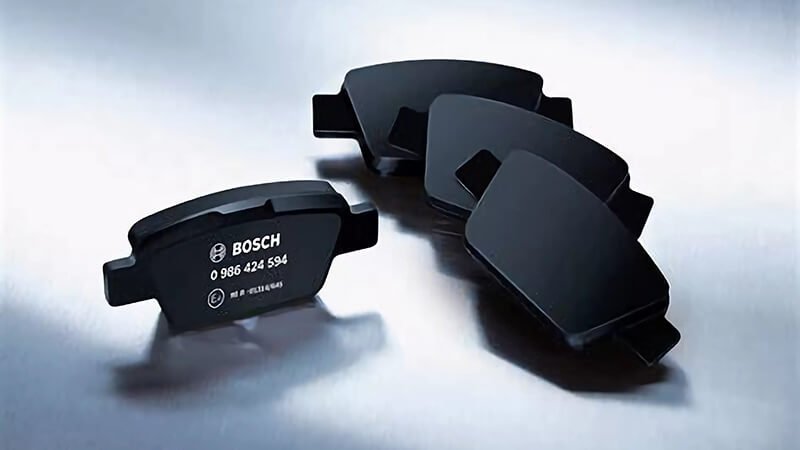
How much should it cost to replace brake pads?
The cost of replacing brake pads depends on several factors such as your vehicle make, location, and whether you use OEM (original equipment manufacturer) or aftermarket parts5.
-
Labor Costs: On average, the labor for brake pad replacement ranges from $80 to $150, depending on the shop’s hourly rate and location6.
-
Parts Costs: Brake pads themselves can range from $30 to $100 per axle, depending on the brand7, type (ceramic, semi-metallic, or organic), and quality.
- Tip: For most vehicles, the total cost (labor and parts) typically ranges from $150 to $300 per axle. However, the price can go up for high-end vehicles or if additional repairs are needed.

How much money do you save by changing your own brakes?
Replacing your own brake pads can save you hundreds of dollars, but it requires time, tools, and knowledge.
-
Cost Savings Breakdown: While professional shops charge anywhere from $150 to $300 for the job, DIY replacements can cost between $50 to $100 for the parts8, depending on your vehicle. That’s a potential saving of $100 to $250 on each brake job.
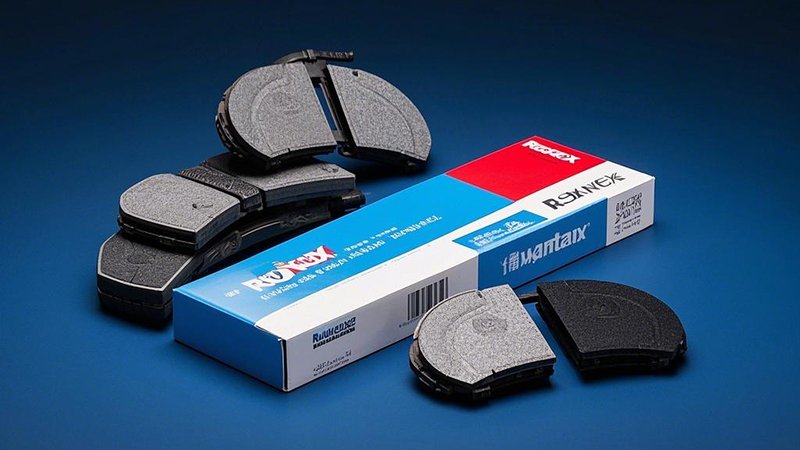
What is the normal price of brake pads?
Brake pad prices vary based on several factors, including the type of vehicle and the quality of the pads. Here’s what you can expect:
-
Standard Brake Pads: Typically, standard brake pads cost anywhere from $30 to $70 per set. These are suitable for most vehicles, offering decent performance for everyday driving.
-
Premium Brake Pads: For higher-end cars or those in need of heavy-duty use, premium pads can range from $80 to $150 or more, offering superior performance, longevity, and heat resistance10.
- Tip: Always check whether the cost includes both front and rear pads, as prices can sometimes vary by axle.
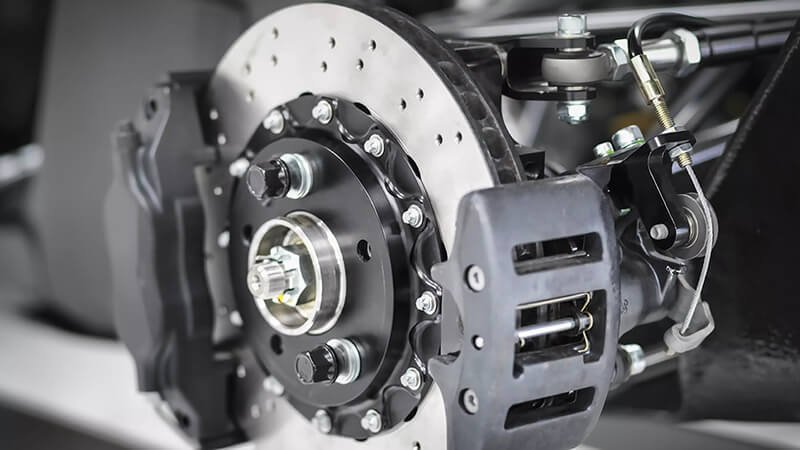
Conclusion
Replacing brake pads doesn’t have to break the bank. By understanding the pricing structure, shopping smart, and possibly tackling the job yourself, you can save a significant amount. Always remember that the safety of your vehicle is paramount, so choose quality products and follow proper maintenance schedules. Whether you DIY or go with a professional, being informed ensures you’re not overpaying. Contact us to offer the best brake pads.
-
Links to detailed tutorials for learning how to replace brake pads yourself safely. ↩
-
Directs to helpful resources for watching the brake pad replacement process. ↩
-
Provides insights on where to find affordable brake pads online. ↩
-
Helps readers find the best price for brake pads across various retailers. ↩
-
To clarify what aftermarket parts are and how they differ from OEM parts. ↩
-
To understand why labor costs vary by region. ↩
-
To learn about the different types of brake pads and their benefits. ↩
-
To compare brake pad prices and understand the cost range for parts. ↩
-
To find reliable guides and precautions for performing DIY brake pad replacements. ↩
-
To learn how heat resistance impacts brake pad performance and longevity. ↩

